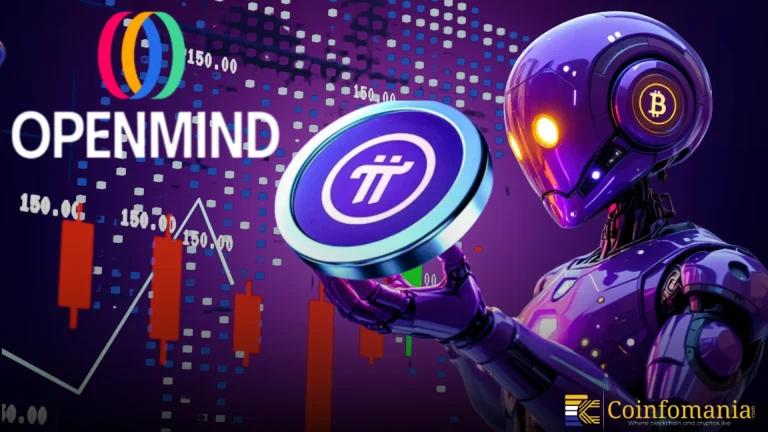MetaMask Launches Native Stablecoin mUSD
MetaMask launches Stablecoin mUSD, a treasury-backed wallet-native token with DeFi integration, Mastercard payments.

Quick Take
Summary is AI generated, newsroom reviewed.
MetaMask launches wallet-native stablecoin mUSD backed by cash and treasuries
mUSD integrates with MetaMask Card enabling real-world Mastercard payments
Real-time reserve visibility and Blackstone custody ensure trust and security
GENIUS Act compliance gives mUSD regulatory edge over rivals like USDT
Partnerships with Bridge, M0, and Blackstone strengthen adoption and scalability
MetaMask has officially entered the stablecoin space with its native token, MetaMask USD or mUSD. mUSD is built directly into the wallet, giving MetaMask Users immediate access to a dollar-pegged token without needing any third-party platforms. The move feels like a clear attempt to bridge DeFi with Real-World spending, especially with plans to integrate the stablecoin with the MetaMask Card for use at millions of Mastercard merchants.
MetaMask Introduces mUSD Stablecoin Built into Wallet
Every mUSD will be backed 1:1 by liquid assets, including US cash and short-term Treasuries. MetaMask is emphasizing transparency here. It is offering real-time visibility into reserves and monthly public attestations. That addresses a concern that has lingered over some other major stablecoins, where reserve disclosures have been murky. Pairing this with institutional-grade custody through Blackstone signals a level of seriousness about security and trustworthiness.
The Stablecoin Integration into MetaMask goes beyond holding value. Users will be able to swap tokens, move assets across different blockchains. Likewise, they can access lending or trading inside DeFi platforms. Together, these features create a smoother ecosystem that makes crypto feel more like money you can use. It won’t have to be just something you buy and hold as an investment. And with yield generated from Treasury-backed reserves, mUSD isn’t just sitting idle. The coin can offer returns while also supporting MetaMask’s operations.
Regulatory Alignment Strengthens Market Position
Timing matters too. The launch comes after the GENIUS Act, the first comprehensive federal framework for payment stablecoins. The act mandates 1:1 backing, reserve attestations, and AML/CFT compliance. Currencies like USDT have faced transparency concerns. So, regulatory alignment could give mUSD an advantage over competitors like USDT. Analysts expect the stablecoin market to grow rapidly. So, entering with a compliant, wallet-native token positions MetaMask well for capturing market share.
Strategic partnerships are another strong point. Bridge handles issuance and compliance, M0 provides the technical infrastructure for DeFi integration and cross-chain activity, and Blackstone manages custody and treasury operations. This combination creates a clear path for both retail and institutional adoption, and the dual utility of mUSD. It will provide both on-chain DeFi and Real-World spending. It could directly help build a strong network effect among MetaMask Users.
Challenges Ahead in Competing with USDT and USDC
mUSD is up against entrenched players like USDT and USDC, both with huge liquidity and existing exchange networks. Cross-chain functionality, network scalability, and security will be critical. But if MetaMask can deliver a smooth user experience with reliable yield and full wallet integration, it could redefine how Stablecoin Integration works in practice.
Overall, mUSD looks like a thoughtful step toward making wallets central hubs for both digital finance and Real-World transactions. By combining Treasury-backed security, seamless wallet functionality, and regulated compliance, MetaMask could set a new standard for how stablecoins are designed and used. This isn’t just about issuing another token—it’s a move toward mainstream adoption of DeFi through practical, everyday utility.
Follow us on Google News
Get the latest crypto insights and updates.
Related Posts

Pi Network Makes Bold Move Into AI Robotics With First-Ever Investment in OpenMind
Triparna Baishnab
Author

Animoca Brands Confirms $1B Nasdaq Move With Reverse Merger
Triparna Baishnab
Author

NHL Shocks Fans With Groundbreaking Deal — Polymarket Becomes Official Prediction Partner
Triparna Baishnab
Author